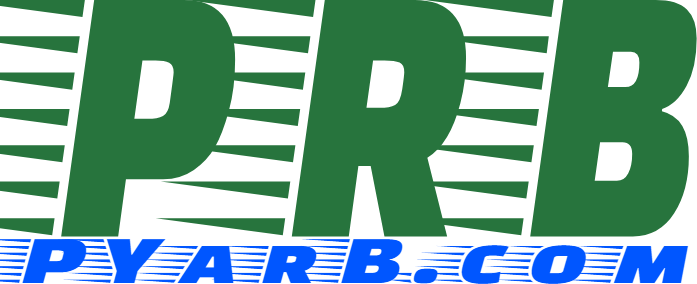Hi,
In our last article in How To Internet Chain, We have discussed about the processes required to create an online presence through own website. As today’s generation lives in Internet, most of we own business or profile that we want to get discovered in internet. If you have missed the previous article in how to chain, please follow the link to Creating Website – Step 1.
In this article we will be talking about Creating Website or designing which is the first and vital part of making website.
As you know and we mentioned in earlier article, web pages are the collection of HTML tags with CSS and images and other components that can be audio-visual like audio files or animations or video clips. There are lots of other Editors and Software packages that can assist you creating website. Most famous of them are Adobe System’s Dreamweaver, Microsoft’s Visual Studio, Google’s Web Developer and many more HTML Editors available over internet which are used while creating website. We are not going to discuss about them here.
All of the tools we mentioned and other available in market do a simple job, they create the HTML code of what you did, like just adding radio buttons, check-box or any other HTML controls. We did not get chance to complete our HTML tutorial Series, but still we have some introductory articles inside HTML category.
A website is about creating page and linking them together. A basic website might be a single web page containing all information or might contain multiple pages. Even further classified, websites are divided into two types according to the nature of their content.
-
Static
These are the pages which are server to visitor as they were created and having the same content. Alternatively such pages are also called Stationary or flat page. You see about us content or some other HTML file that do not change as per user location or user requirement is a static webpage.
-
Dynamic
These are files that are generated by Web Applications, These pages contain data as per user request based on a template or just data only. You check result of your university or book a ticket and take print out with your own details. That page is not stored as it display in server, that page is generated dynamically as your request, so such pages are called dynamic webpages.
A basic website is supposed to contain some webpages with images and a basic design which is preferred similar for all pages in website. You can create a design with basic needs with cool CSS and images like header and footer, you can search for html templates in google also. After creating a perfect design you can make copy of them and change the content and rename them with desired name like about.html, contact.html and so on.
Now the final step is to create navigation between these files which is menu in other words. By using anchor tag of HTML, you can create navigation. Lets have a look at below HTML code without any CSS which will link files with each other.
One thing, I forget to mention, in HTML, generally index.html is considered as the start-page of website. If you have multiple webpages in a website filter, index.html file will be served if not path defined. If there is no index.html file available, there will be error showing file. So have a look at below code.
<a href="index.html">Home</a> | <a href="about.html">About</a> | <a href="contact.html">Contact</a>


Here we have created few files with the design above mentioned and created a drop down menu. In next article, we will try to cover the next step of our chain. In this article, we learnt how to create a website by linking multiple web pages together. If you have any doubt in this article, you can share your views.

